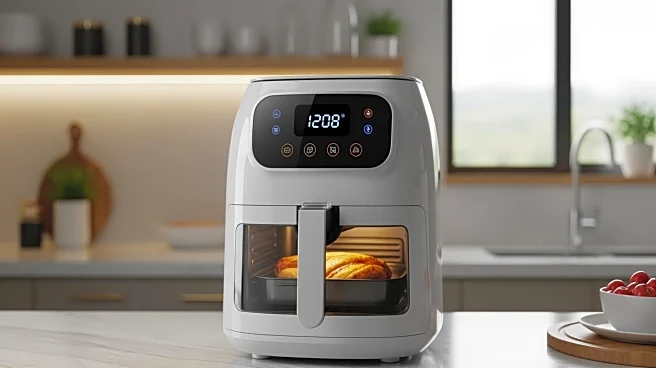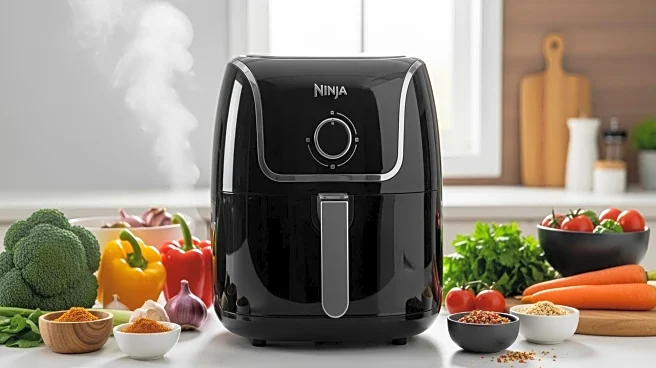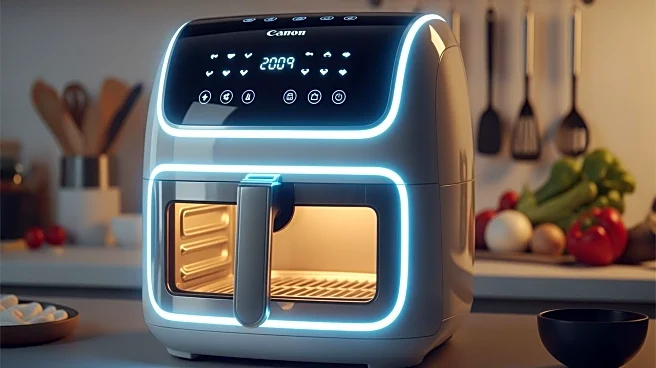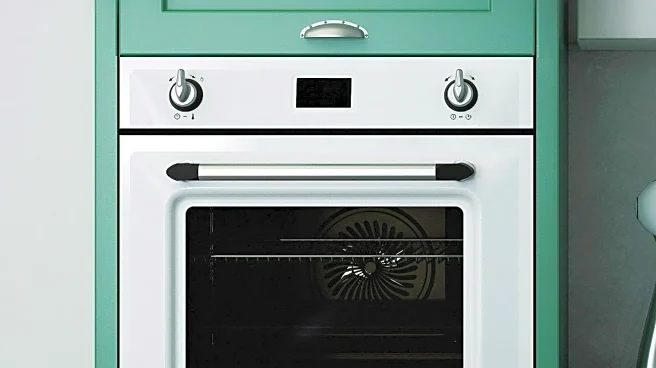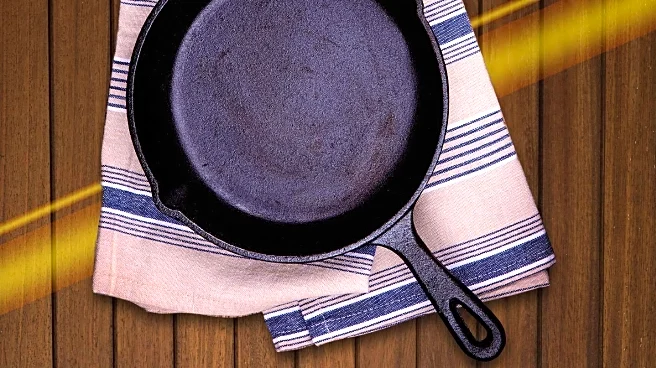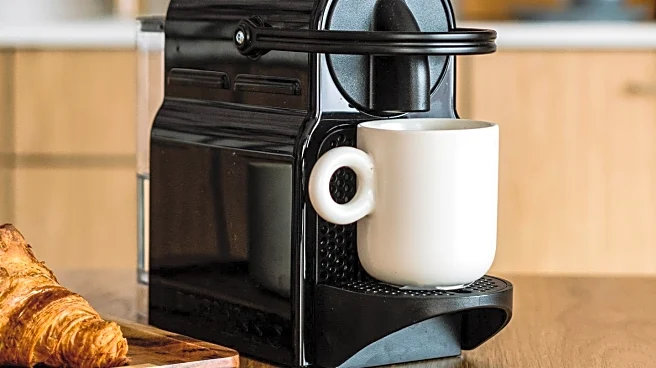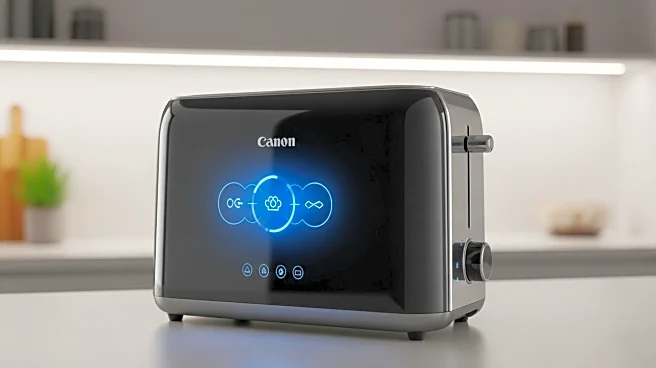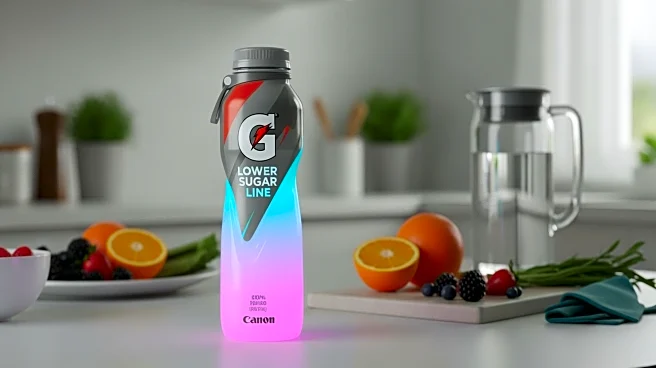What's Happening?
SharkNinja has launched the Ninja Crispi Pro Countertop Glass Air Fryer, an updated version of its popular glass air fryer. The new model, available for $280, features larger cooking vessels and a modular
design, allowing users to prepare full meals. The Crispi Pro includes a 6-quart XL glass container and a 2.5-quart casserole-style dish, both designed for versatile cooking and serving. It offers six cooking modes, including air fry, bake, roast, dehydrate, max crisp, and gentle re-crisp, with precision digital temperature controls. The appliance is designed to remain on countertops, emphasizing its sleek design and functionality.
Why It's Important?
The launch of the Crispi Pro reflects growing consumer demand for healthier cooking solutions and innovative kitchen appliances. By offering a modular design and multiple cooking modes, SharkNinja aims to enhance the cooking experience, making it easier for users to prepare diverse meals. The use of glass containers provides a nontoxic alternative to traditional plastic air fryers, aligning with consumer preferences for safer kitchen products. This development could influence the kitchen appliance market, encouraging competitors to innovate and meet similar consumer demands.
What's Next?
SharkNinja's continued innovation in kitchen appliances may lead to further advancements in air fryer technology, potentially setting new standards for modularity and functionality. As consumer interest in healthier cooking solutions grows, SharkNinja might expand its product line to include more versatile and eco-friendly kitchen appliances. The success of the Crispi Pro could also prompt other companies to explore similar designs and features, fostering competition and innovation in the kitchen appliance industry.
Beyond the Headlines
The introduction of the Crispi Pro highlights a shift towards multifunctional kitchen appliances that cater to modern cooking needs. This trend reflects broader changes in consumer behavior, where convenience and health-conscious choices drive purchasing decisions. The emphasis on modularity and design suggests a move towards appliances that integrate seamlessly into home environments, potentially influencing future kitchen design trends.
